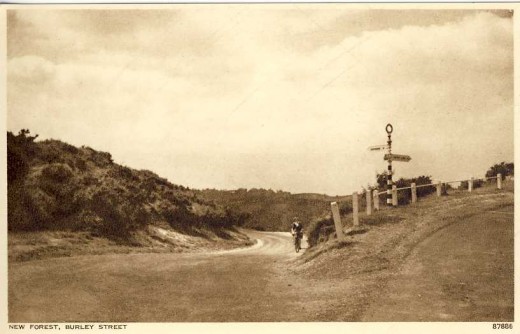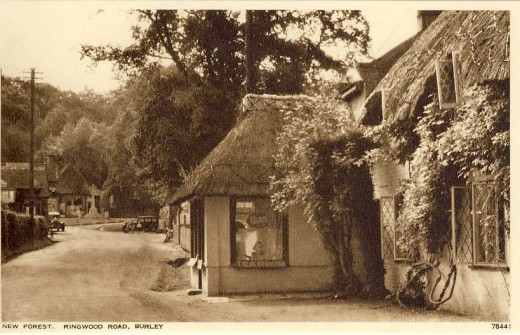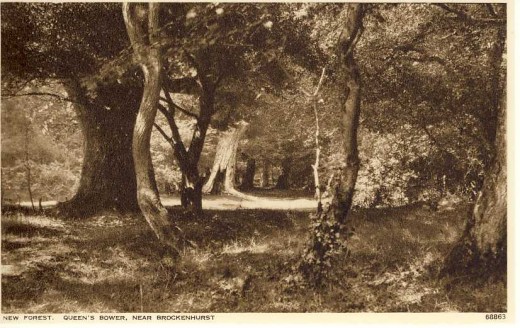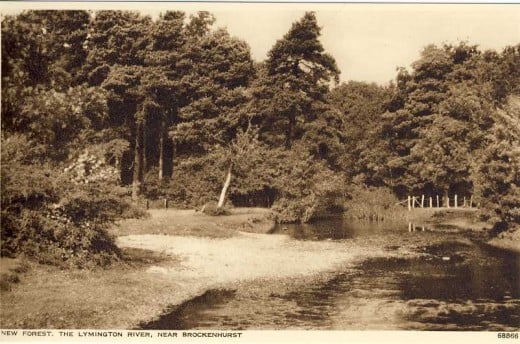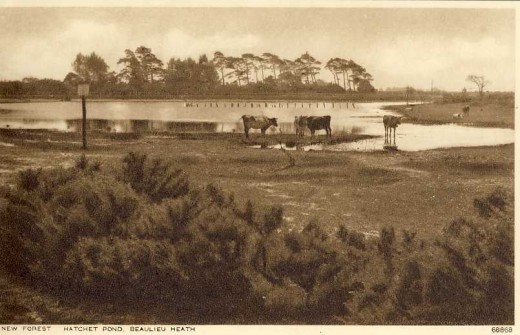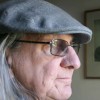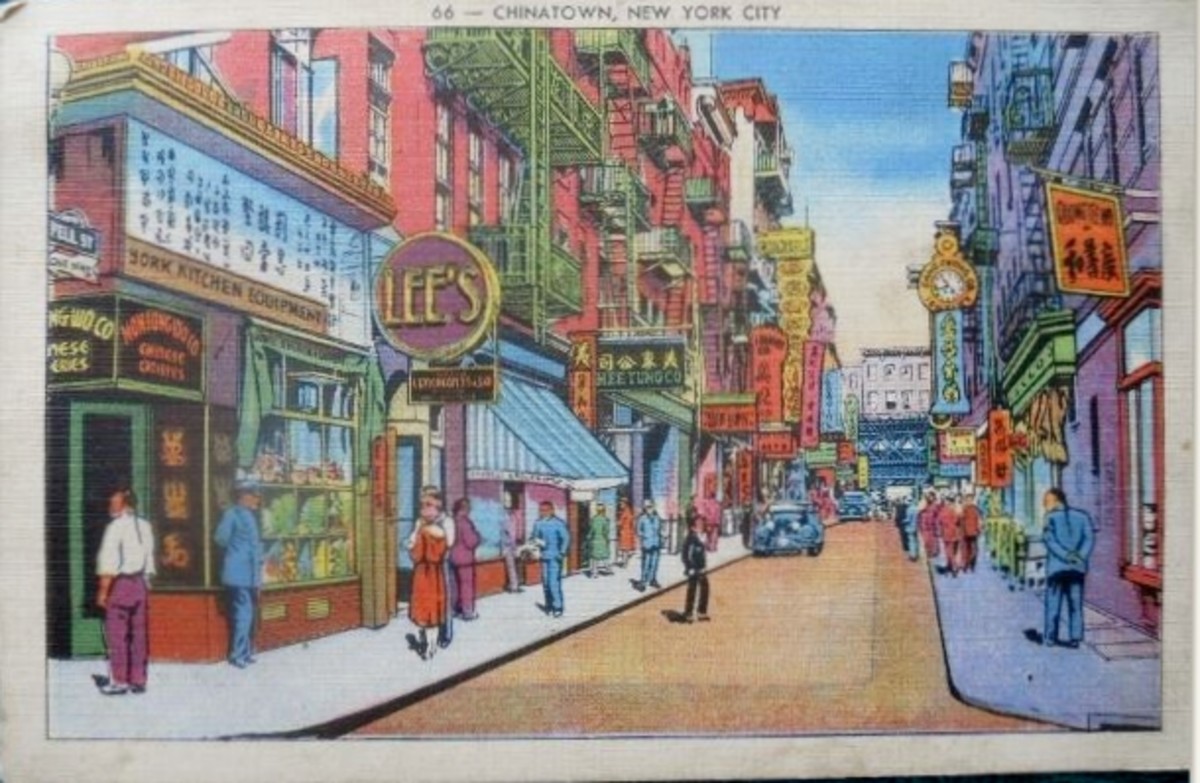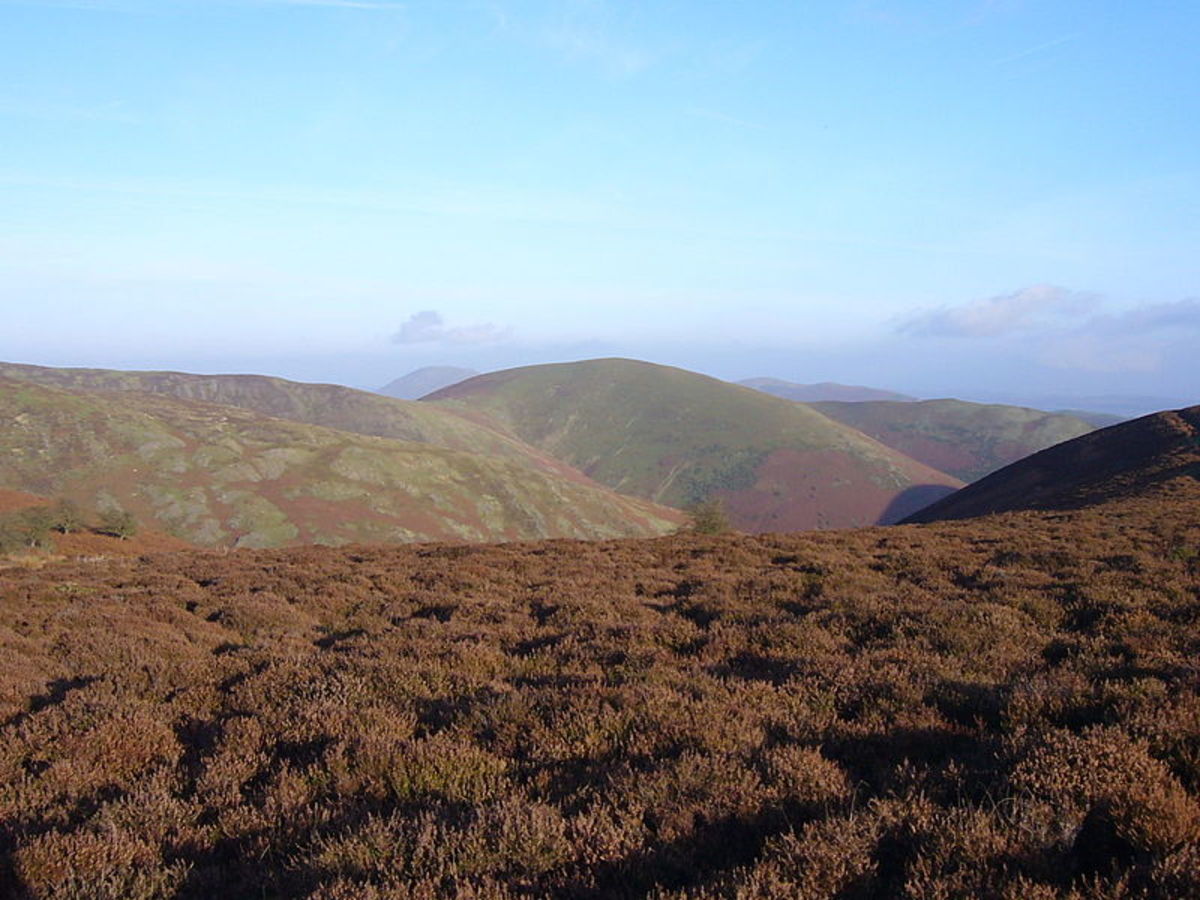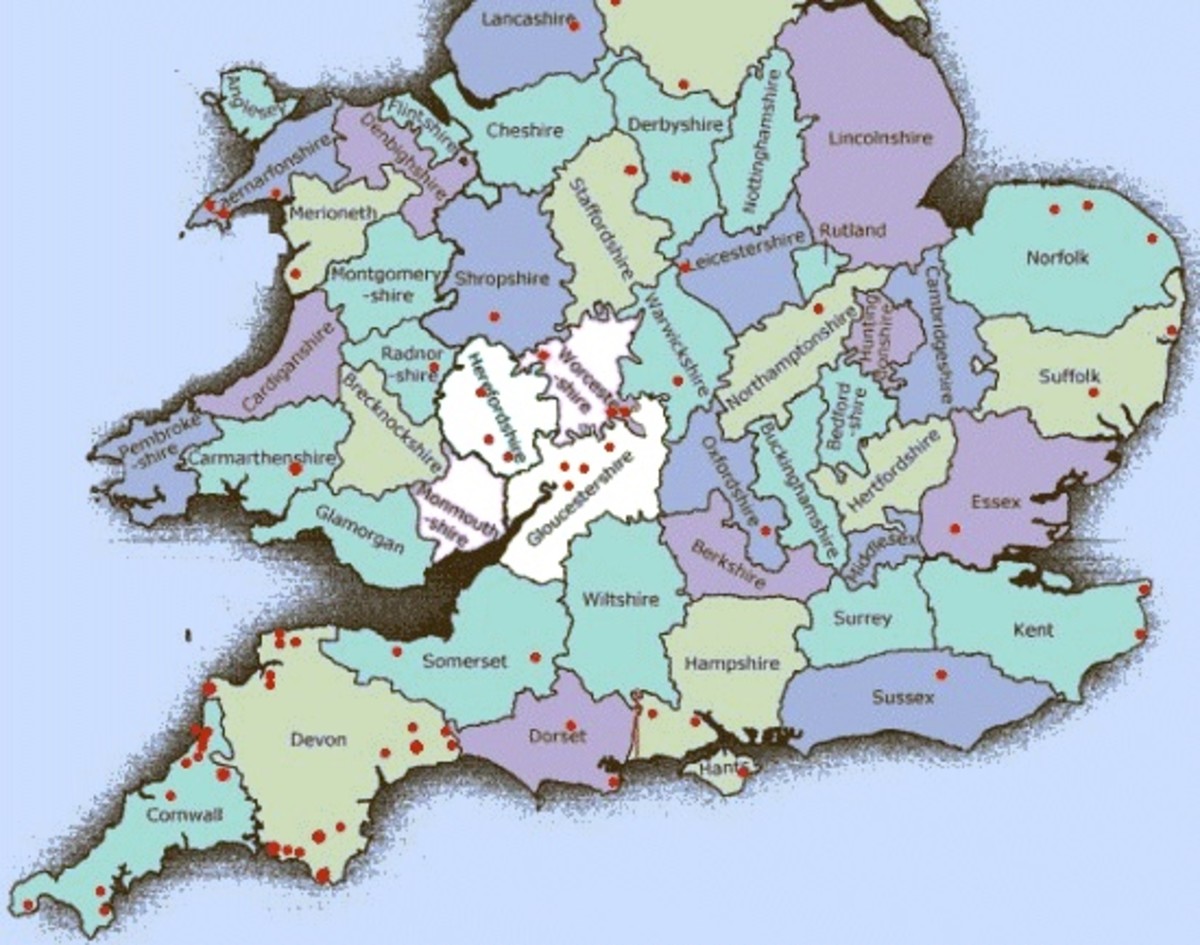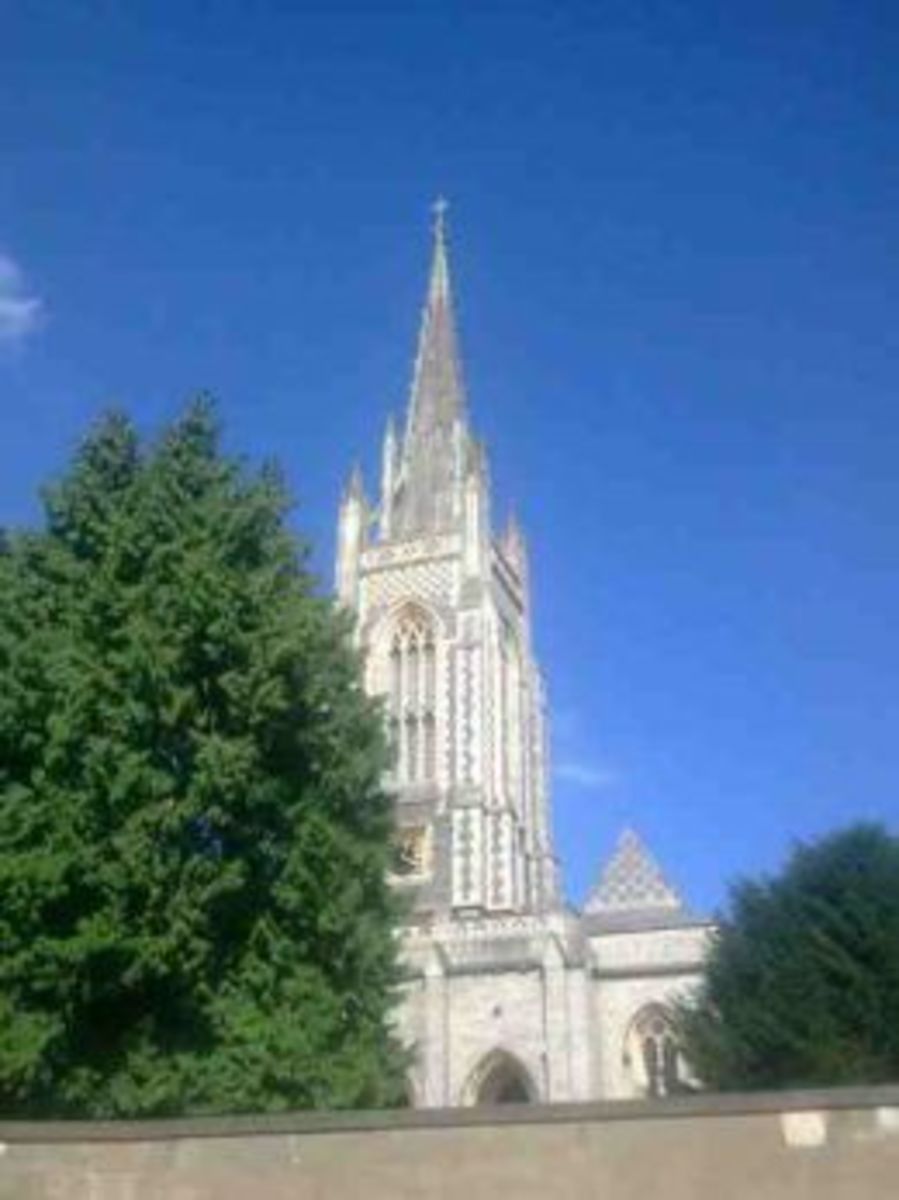- HubPages»
- Travel and Places»
- Visiting Europe»
- United Kingdom
The New Forest in Vintage Postcards
Introduction
When I was a child my mother told me about the New Forest in England, which in my mind was something like the “100 Aker Wood” in my beloved bedtime stories from Winnie the Pooh.
Mother loved the New Forest and would often talk about it, especially the ponies, which she loved, and the rhododendrons, which I have subsequently learned were later declared to be exotic invader plants there. The New Forest is in Hampshire, England, close to the major seaport of Southampton.
Some sixty years later I have found a set of 12 postcards, not postally used and still in the envelope in which they were sold, of scenes from the New Forest, which has led me to research a bit about the New Forest and its history.
One of the first things I have learned about it is that it not a “forest” in the sense of a densely-wooded area at all. It is a forest in the medieval sense of a defined area where the so-called “beasts of the chase (i.e. deer and wild pig) were protected by special laws so that the king could hunt there.
A definition of a “Forest” published in 1598: "A forest is a certain territory of woody grounds and fruitful pastures, privileged for wild beasts and fowls of the forest, chase, and warren, to rest and abide there in the safe protection of the King for his delight and pleasure....."
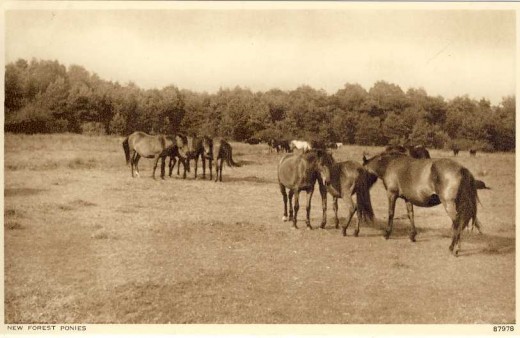
The Forest Laws
The so-called “Forest Laws” brought into effect in the “Forest” by King William I (William the Conqueror) in 1079 were vicious: a person found guilty by the special courts which administered the law of killing a deer could be put to death; a person who shot at but did not kill the deer could have his hands amputated; a person who disturbed the deer could be blinded.
In the years after 1079 the harshness of the “Forest Laws” led to considerable tensions between the commoners living in the area and the Royal Family.
As a result of these tensions William's son William Rufus was murdered in 1100, killed by an arrow fired by an unknown assailant. A stone, the “Rufus Stone”, was erected in Canterton Glen, although modern research would indicate that he was in fact killed near Park Farm, some distance away. The stone was erected by King George II in 1745.
The “Forest Laws” were somewhat relaxed by King Henry III in 1217. In response to the many grievances caused by the “Forest Laws” he enacted the Charter of the Forest and death and mutilation were no longer the fate of those who offended against the “Forest Laws.”
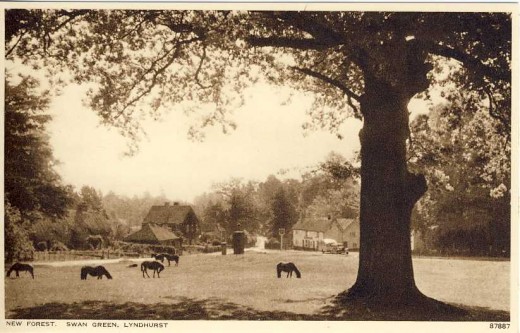
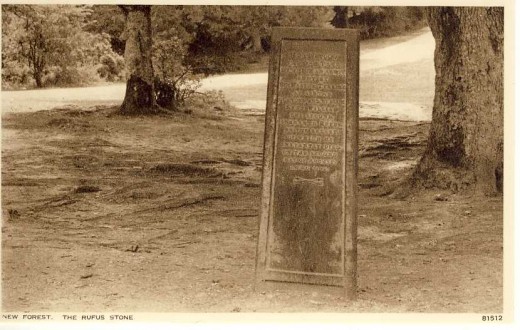
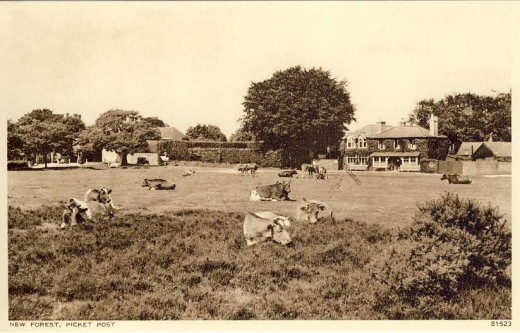
First motorcar fatality
By the 17th Century the Forest system was no longer practised and the New Forest became primarily a source of timber for the building of ships for the Royal Navy. The last time the New Forest supplied timber to the Navy was in 1862.
Charles II was the last King to actually hunt in the New Forest.
On 26 November 1703 southern England was hit by the “Great Storm” and some 4000 oaks were uprooted in the New Forest by it.
In 1789 the first proper map of the New Forest was published – the so-called “Drivers' Map” named for the surveyor who drafted it. A second edition of the map was published in 1814.
The impact of modernity on the New Forest is symbolised by the killing of an animal by a motor car in 1903.
Air transport came to the New Forest in the form of the New Forest Flying School, established in 1910 on Beaulieu Heath at East Boldre.
The New Forest also felt the impact of World War I in that it was used as a staging post for troops on their way to France. A Grenade School and a War Dog Training School were also set up in the New Forest, while the Beaulieu Heath airfield was taken over by the War Department.
In 1923 the New Forest was taken over by the Government as a State forest, and it was no longer a Royal Forest.
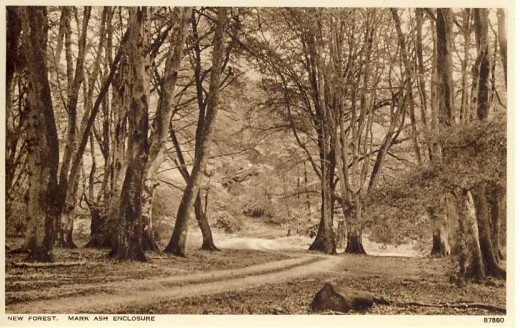
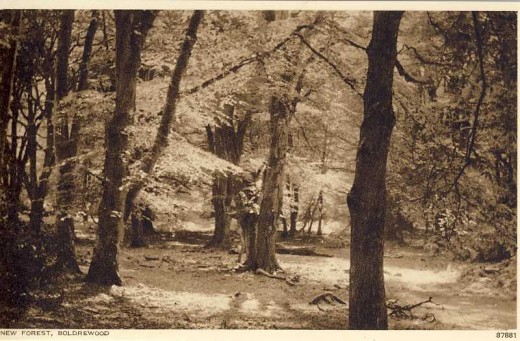
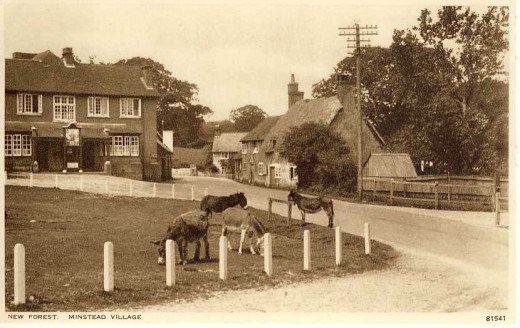
World War II to today
During World War II the New Forest again did not escape – a bombing range at Ashley Walk was used to test “bouncing” bombs and airfields were built at Stoney Cross, Holmsley and Beaulieu Heath.
The formal end of the Forest Laws came in 1971 when the Wild Creatures and Forest Laws Act was promulgated.
The New Forest was declared a National Park in 2005.
As for the postcards, they are in almost mint condition with no writing on them. I have been unable to find much information about them, except that they were published by Photochrom Co., Ltd of Tunbridge Wells, Kent: “Publishers to the World” they proclaim themselves!
The cards are divided back and I would estimate their publication as being in the late 40s or early 50s, but I have no way of knowing for sure.
